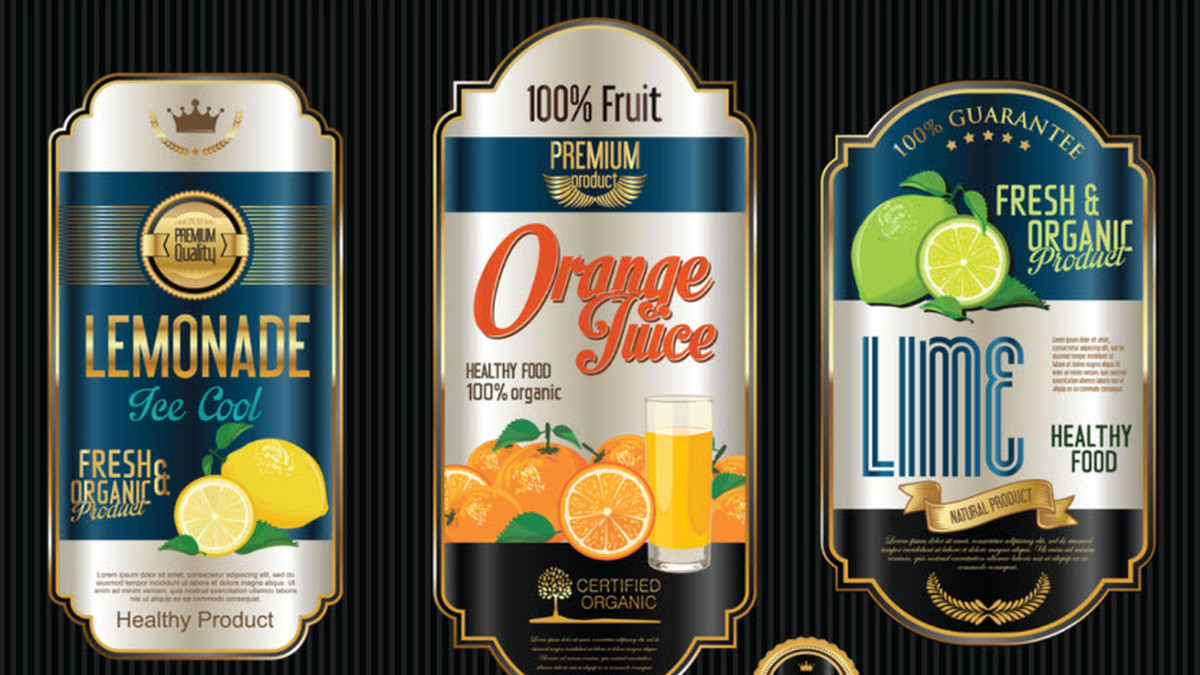A label is only a label once it’s finished. And when it comes to choosing the best finishing process, the differences between in-line and off-line can sometimes be misleading. Before deciding on the best workflow for your product lines, it’s important to take a closer look at the advantages and disadvantages of each option.
Streamlined and integrated: In-line finishing
When you think of in-line finishing, automation should be the first thing that comes to mind. In this process, print and finishing are fully integrated with one another. This works quite well when your product line is more homogenous, meaning that your process requires fewer adjustments and touch points for customization. Automation also means that in-line finishing leaves little room for human error. It doesn’t, however, always mean improved throughput. A slowdown or failure on one machine can affect the entire process. Speed and reliability also need to be consistent across machines, as end-to-end production will only be as robust as its weakest component.
Flexible and versatile: Off-line finishing
At first, off-line finishing may seem slower and more manual, as it pauses the production process and requires labor to move parts from one machine to another. Though this option adds time and cost, it also eliminates the risk of slowing down the entire process with one weak link. Off-line is the right choice if you’re outsourcing parts of the production process. It’s also preferable for versatile products, as the finisher can take on work from different types of printers. When an entire process isn’t automated from end-to-end, there’s much greater room for flexibility.
Depending on your business model, you’ll need to consider the trade-offs between full integration, flexibility, reliability, and costs. For high volumes of similar printing needs at fast turnaround times, in-line might be the way to go. On the other hand, a production process with a variety of products and customization requirements would be better suited for off-line finishing. The good news is, there’s always near-line finishing for those looking for a middle ground. Near-line finishing offers some level of communication between the printer and the finisher, which are physically near each other, and streamlines the process by preparing downstream machines for incoming jobs. Whichever option you choose, remember that when it comes to digital finishing, there’s no one right answer — only the right answer for your products.
Learn more at epson.com/product-label-printing-solutions
